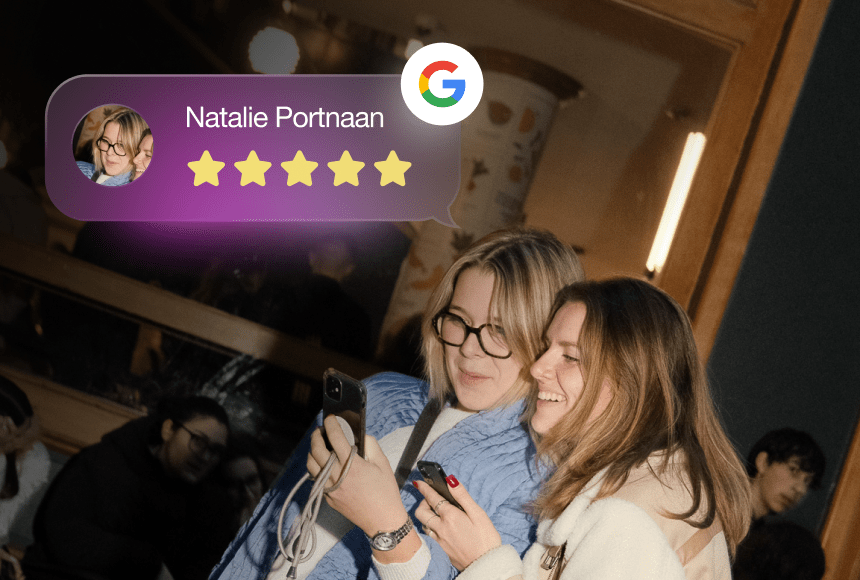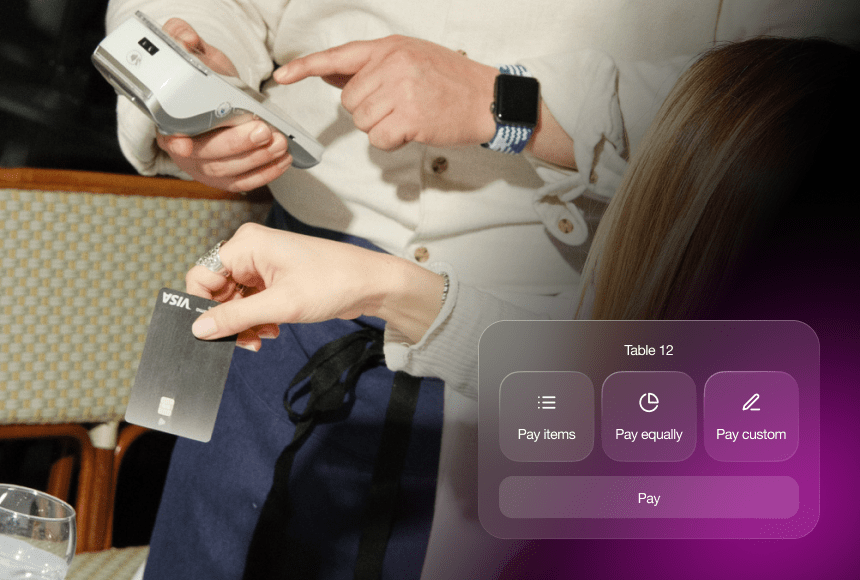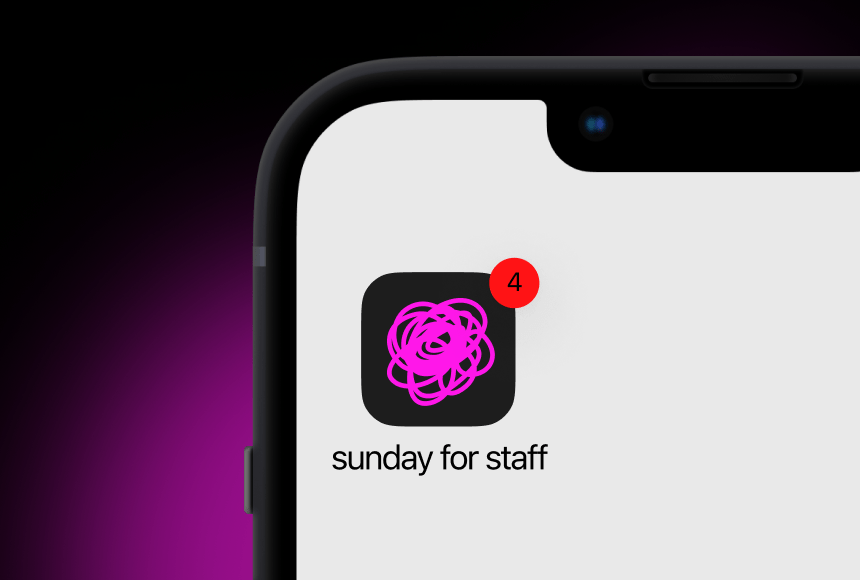
Turning Guest Feedback into Tangible Steps for Restaurant Success
Why Restaurant Ratings Matter More than Ever
Ask any restaurant owner in the UK, and they’ll tell you: online ratings can make or break a business. Whether it’s a 5-star review celebrating your delicious lamb shank or a 2-star critique lamenting slow service, every piece of feedback is your golden opportunity to refine what you serve, how you serve it, and how you run your entire establishment. In an industry as competitive as hospitality, even a slight edge can become a big advantage.
More than ever, diners rely on online reviews—especially Google reviews—to decide where to eat, meet friends, or conduct a business lunch. According to research from BrightLocal, a majority of consumers read online reviews before choosing a local business, and restaurants top the list of businesses checked. The question, though, is not just how you earn better ratings, but how you interpret and act upon the feedback lodged within those star counts and written reviews.
In this article, we’ll look at how to turn those ratings into real, actionable improvements—a strategy that can help any restaurant thrive. Whether you’re an independent bistro with a single location or a multi-venue operator, you’ll find tips here that resonate with your daily challenges. Let’s dig in.
Spotting Patterns in Feedback
Reading every comment might feel overwhelming. Yet, there is no better way to learn exactly what guests think of your restaurant. If you harvest data in a consistent manner, you might find that seemingly small criticisms repeat themselves. At that point, you know there’s a pattern worth investigating.
For example, imagine you receive several comments saying that while the atmosphere is excellent, the waiting times for mains are too long. Even if you have 50 other stellar comments praising the food, recurring criticism of slow service is a clear signal for operational fine-tuning. Conversely, if multiple comments highlight your staff’s warmth, you also know what to keep emphasising in training: gracious hospitality goes a long way, and people notice.
To capture these patterns efficiently, some savvy owners use digital tools—or even a good old spreadsheet—to track recurring topics. Mark down every comment related to “waiting time,” “cold food,” or “great service,” then tally them every month. Over time, you’ll see clear trends arise, giving you the knowledge to address issues head-on.
Turning a One-Star into a Five-Star Experience
When a guest leaves a one-star rating, it can feel deflating—especially if you’ve poured your heart into your restaurant. But instead of seeing that empty star rating as a failing, think of it as your chance to create a memorable, positive follow-up. If possible, respond quickly, openly, and politely. A warm response can sometimes sway even the harshest critics.
A strategic move is to publicly post an apology (if warranted) and then take the conversation offline. When you invite them back for a complimentary dessert or ask to discuss the matter personally, you’re not grovelling; you’re demonstrating genuine care. Many times, disappointed guests simply want to be acknowledged. By showing you listen, you may not just win back that customer, but also influence prospective diners who see how your establishment handles problems.
In some cases, the reviewer modifies the rating after a fair resolution. Research from ReviewTrackers shows that prompt and helpful responses can impact customer perception significantly. Even if you only manage to change half of those one-stars into three or four-stars, you’re boosting your overall online ranking—one guest at a time.
Conducting a Culinary Audit: From Appetiser to Dessert
Sometimes, criticism isn’t about a single dish—it’s about the flow or consistency of the entire menu. If multiple guests mention that your starters feel disconnected from your mains, or that your dessert selection doesn’t quite live up to the earlier courses, it may be time for a culinary audit. This is essentially a thorough review of your menu, where you assess:
- The variety and balance of dishes
- The portion sizes
- The pacing between courses
- The flavour synergy across your menu
- Ingredient quality and sourcing
Bring in a fresh perspective, perhaps a trusted fellow chef or a mentor. Encourage honest feedback from team members. If your online ratings mention unbalanced menus or portion sizes that are too large or too small, this step becomes all the more critical. Then, once you uncover the necessary tweaks, let your diners know you’ve listened: consider adding a footnote on your new menu (“Based on your feedback, we’ve added a fresh, lighter dessert option.”) This small note can make your guests feel heard and empowered to continue providing feedback.
Training Front-of-House Staff to Engage and Learn
When it comes to collecting actionable feedback, never underestimate your front-of-house team’s impact. They’re on the “front lines,” face-to-face with your guests daily. If your ratings consistently mention misunderstandings between patrons and servers, or if guests feel rushed, it’s time for more training.
Empower your servers to ask simple, direct questions at the table: “How is everything tasting for vous?” or “Is there anything we could do to make your meal even more enjoyable?” This not only creates an immediate chance to fix issues but also fosters an environment of genuine hospitality. Diligent staff who pay attention and then pass on insights to management can help you address potential problems before the guest even leaves the restaurant, let alone writes about it online.
To keep your team aligned, consider short weekly debriefs. Focus on recent reviews, both positive and negative, and brainstorm as a group how to address recurring themes. Shared responsibility in seeking improvements stands out to guests: when they see each staff member sincerely caring about their experience, there’s a good chance they’ll reciprocate with more positive reviews in the future.
Tech Solutions that Simplify Payment and Feedback
Nobody likes waiting at the till, especially if they’ve just enjoyed a wonderful meal and want to settle smoothly. This is one area where a service like sunday can be quite handy. The idea is simple but powerful: guests scan a QR code at the table, pay seamlessly, add a tip, and even leave a Google review if they wish—all without juggling cards, waiting for a printed bill, or needing to catch the attention of a busy staff member.
This frictionless payment process not only streamlines staff operations but also encourages spontaneous feedback. Guests, still immersed in the dining experience, can quickly jot down their thoughts while emotions are fresh—often giving you more detail and honesty than they might if they hurried out and only left a review hours later. Plus, when you reduce the “friction points” of the payment process, guests are more inclined to leave a favourable review. Speedy, convenient check-outs tend to leave a positive last impression of the entire meal.
Case Study: The Turnaround of The Riverside Grill
Let’s consider a hypothetical scenario. “The Riverside Grill,” a mid-sized brasserie by the water, had decent footfall but noticed dropping ratings over a six-month period. Guests cited long waiting times, inconsistent plating, and staff who seemed distracted. Here’s what the owners did:
- Identified recurring complaints: Over 60% of negative reviews mentioned extended waiting times and 40% mentioned inconsistencies in dish presentation.
- Implemented quick wins: They adjusted scheduling to ensure more kitchen staff and servers worked during peak hours. They also held plating workshops so each dish looked consistent and appetising.
- Introduced a QR code payment system: By allowing diners to pay at the table with minimal fuss, staff could focus on hospitality rather than payment logistics. This change improved table turnover times.
- Placed a manager in the dining room: During each main service shift, a manager would greet guests personally, gather real-time feedback, and ensure challenges were addressed on the spot.
Within a quarter, The Riverside Grill saw a 1-point increase in their average rating, tipping them into that sweet spot of 4+ stars. More importantly, their revised approach saved staff time, improved morale, and gave them invaluable insights for the future. A single negative review still pops up now and then, but responding with empathy and quick fixes has kept their image strong.
Responding Openly: A Key Ingredient to Public Confidence
Think about how you feel when you see a review. If you notice thoughtful replies from management—especially to the negative reviews—it reassures you that the establishment is run by people who genuinely care. The same principle applies to your own restaurant: when “vous” respond thoroughly, publicly, and politely, you build trust not only with the reviewer but with all the potential diners reading along.
Here are a few practical tips:
- Be prompt: Aim to reply within 48 hours. Timely responses show diligence.
- Be cordial: Even a harsh review deserves a measured tone. Argue less, listen more.
- Mention specifics: Address key points they brought up and how you plan to resolve them.
- Invite them back: A second chance can often convert a critic into a loyal guest.
People don’t expect perfection. Rather, they appreciate humility and a willingness to improve. By responding openly, you display your commitment to delivering a better experience next time—an excellent reputation-builder.
Measuring the Impact of Changes
Let’s say you’ve revamped your menu, improved staff training, and upgraded your payment system. How do you measure the impact on ratings and overall guest satisfaction? One method is to look at your average star rating trend over the next few weeks or months, but don’t limit yourself to just that.
Dive deeper by examining specifics:
- Timing improvement: Did waiting times decrease during peak hours? Has your new scheduling approach reduced negative mentions of slow service?
- Plate consistency: Have you reduced variability? Are guests praising the plating or the presentation more frequently?
- Customer sentiment in reviews: Instead of tallying stars only, skim the text of the reviews to see whether the words “quick,” “friendly,” “organised,” or “tasty” appear more often.
- Google review volume: After implementing an easy payment and feedback solution, do you see an uptick in the number of Google reviews?
Make a habit of comparing these metrics monthly, so you can continue making fine-tuned adjustments. If something shows positive results, keep at it. If a change hasn’t moved the needle, you’ll know to try a different approach sooner rather than later.
Empowering Staff to Be Ambassadors
Your restaurant staff are more than servers or kitchen hands—they’re brand ambassadors. They convey your restaurant’s identity, set the mood, and can even gather direct feedback. So, how do you ensure they become natural contributors to an improved online rating?
- Ongoing training: Dedicate one session a month to show staff the monthly ratings overview, good and bad. This transparency fosters a shared sense of purpose.
- Tip recognition: Celebrate staff who regularly receive compliments in reviews. A round of applause at the next team meeting shows how much you value public praise.
- Empathy training: Role-play scenarios where staff learn how to handle difficult customer interactions with calm and understanding.
When your staff feels included and acknowledged, they’re far more likely to carry out your restaurant’s mission wholeheartedly. And that dedication will shine through in the ratings.
Keeping the Communications Flowing
While digital solutions offer quick ways to gather feedback, don’t neglect personal, face-to-face opportunities. Encourage your servers and managers to ask your guests how they heard about your place. If they mention online reviews, that’s a sign your digital presence is attracting people. If they mention word of mouth, try to find out who recommended you and pass along thanks. Every conversation, no matter how small, can reveal a wealth of information about what’s working and what’s not.
In some cases, you could invite regulars to try out new menu items before they’re officially launched. Gather their feedback, refine, and then roll out the item with more confidence. These small tasting events can lead to a surge in positive reviews right when you add the new dish to your menu. Guest involvement fosters loyalty, and loyalty translates into repeat business and better online ratings.
Shaping a Happier Future, One Review at a Time
All of these changes—spotting feedback patterns, refining your menu, training staff, and adopting convenient payment tools—culminate in a stronger, more responsive restaurant. Ratings are not just digital stars; they represent actual experiences that your guests have when they step through your door. By treating them as an ongoing conversation, you place yourself in a dynamic cycle of listening and adapting. In a fast-paced sector like hospitality, adaptability can be your greatest asset.
Whether you’re running a cosy countryside tearoom or a bustling city centre gastropub, these methods can spark positive change. By using your ratings as a living, evolving guide, you have the power to connect with diners, refine your operations, and create memorable meals they’ll rave about. And as those rave reviews accumulate, your reputation stands to grow—both online and in the hearts of your loyal customers.
What’s on the Menu Next?
The beauty of turning ratings into improvements is that the process never really ends. One day, you might discover a brilliant new dish that skyrockets your rating from 3.8 to 4.5. Another day, a staff member might uncover a hidden bottleneck in kitchen workflow. The secret is to keep the channels of feedback wide open—from the way people pay to the way they share their experiences publicly.
Of course, technology can help by gathering quick, direct feedback, but your genuine hospitality and eagerness to evolve remain the main ingredients to keep your restaurant thriving. Embrace your diners’ feedback with open arms, and you’ll find it easier to throw in that extra pinch of brilliance. Remember: every rating is, at its core, a chance to lead your restaurant toward an even better tomorrow.
Find out more today
Drop us your details below and we’ll reach out within the next 24
Stay on top of your online reputation.
Say goodbye to bad ratings and hello to 5*s. Get to know your customers with our integrated rating & review feature, which allows you to get more reviews, better ratings and more visibility online.




